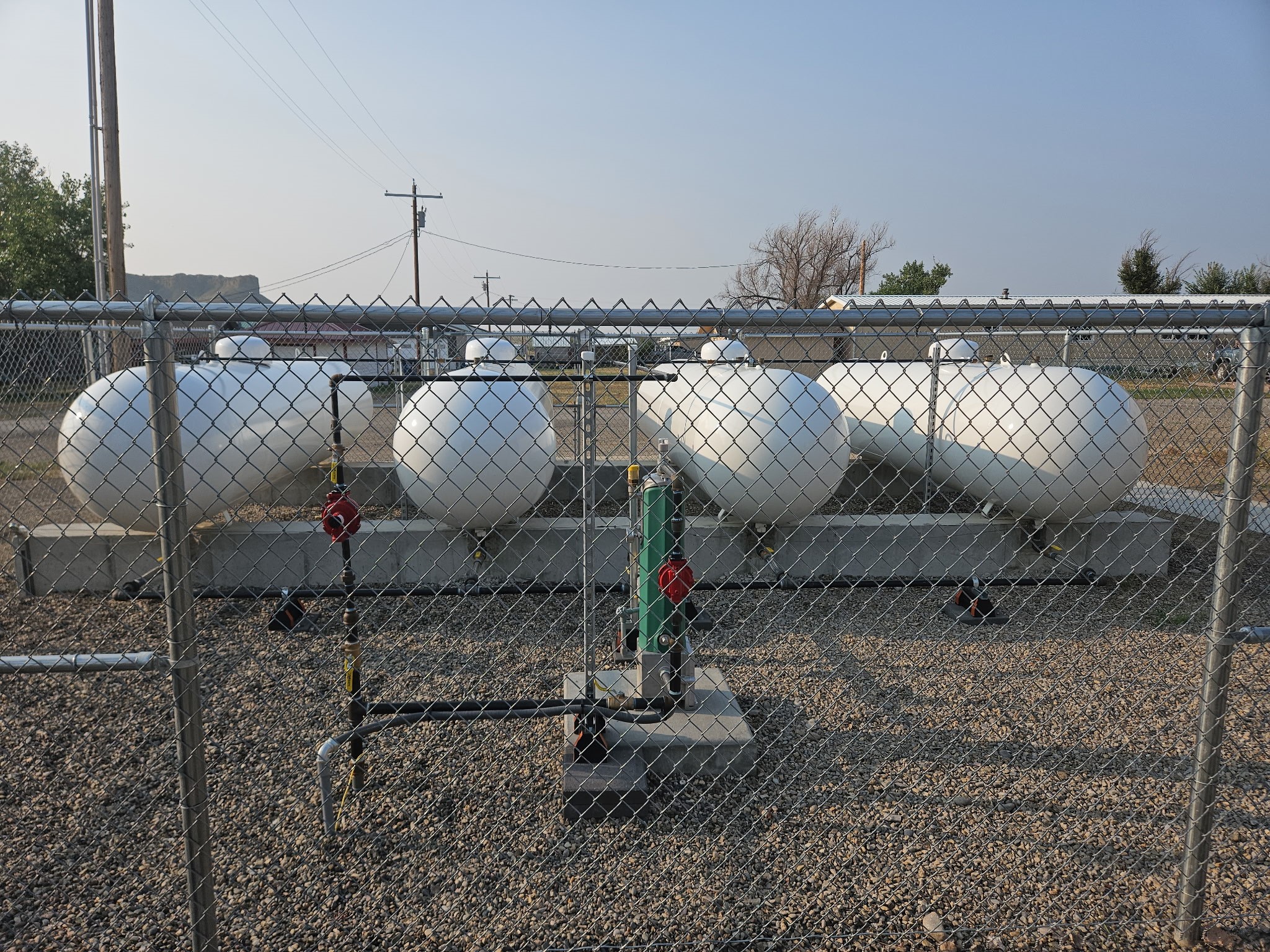Advanced Energy Laboratory Creates the Future of Data Centers in Seattle, Washington
Revolutionizing Data Centers through Integrated Delivery of Unique Infrastructure
Microsoft and Cummins called on McKinstry to design and construct a prototype data center that uses fuel cells as the primary power for server equipment. No longer connected to the conventional electrical power grid, this data center is the first of its kind. Fuel cells present an exciting opportunity to redefine data center construction and address the concerns of an electrical grid that will struggle to support the growing data center industry’s future power demands.
Streamlining Project Delivery
McKinstry’s integrated design-build capabilities, deep data center experience and ability to innovate ensured a quick turnaround on this unique endeavor. The project went from concept iterations to full-scale build-out in just over 18 months.
McKinstry flexed its engineering competencies by utilizing our architectural, structural, mechanical and electrical teams to work on the design and construction of a unique data center that harnesses new technology. Through this integrated delivery model, we eliminated redundancies and excessive review, as well as contractual and regulatory steps by eliminating the need to coordinate across multiple design, engineering, and construction firms.
Decoupling from the Power Grid
Conventional data centers consume 3% of all global electricity and growing. This growth is unsustainable with the current grid infrastructure, so data center purveyors are incentivized to curb resource use and reduce reliance on the electrical power grid.
The challenge was to design a space that closely resembles current data center infrastructure but utilizes a fuel source different from conventional utility power. The project aimed to see if data centers could be powered through fuel cells, allowing the data center to operate separate from the power grid at all times.
The data center embodies smart building strategies through automation and implementation of 400 individual data points that electronically monitor up time, air quality, temperature and many other system operation and safety functions – all relayed directly to Microsoft for evaluation and action.
To ensure design integrity and continuity, the data center was designed without a chimney and instead had waste heat ducted back through the return duct. Gas analyzers were installed to measure overall temperatures, monitor oxygen and carbon levels (and shut the system down if any issues arise) and measure the overall efficacy of the fuel cells and HVAC system. Alarm systems were developed to ensure that gas leaks were detected quickly in order to guarantee the safety of all onsite teams.
Creating Compliance Pathways for Emerging Technologies
A primary project objective was to demonstrate compliance with all applicable codes and standards related to safe fuel cell operations, in an application that was the first of its kind. McKinstry worked closely with the manufacturer, UL Certification Agency and jurisdictional authority to ensure that the design and implementation was safe, functional, optimized and approved by the many project stakeholders.
Simplified Infrastructure
One of the greatest feats of this project was its ability to greatly simplify the infrastructure needed to power a data center. The design cuts out significant amounts of electrical infrastructure (substation links, transformers, switchgear for voltage conversion, etc.) and removes the data center from the electrical grid entirely. This, in turn, significantly reduces operating costs by essentially halving utility costs. The data center is hooked up to the city’s municipal natural gas grid. As gas is piped to the cells (that sit on top of the server equipment), an electrochemical reaction will extract hydrogen atoms and send a current of negatively charged electrons to power the servers below.

Seattle, WA

Data Center

Engineering and Design
Electrical and Technologies
Mechanical and Plumbing
Explore other projects

Prioritizing Community Upgrades and Support Through Strat…
The strengths that keep communities evolving and thriving are deeply rooted in the resources that support them. Wheth…

Lighting Glendale’s Future: How LED Upgrades Are Improvin…
McKinstry partnered with the City of Glendale, Arizona, to upgrade the City’s modern LED lighting. The upgrades impro…

Winnett Public School: Bringing Critical Energy Upgrades …
In the heart of central Montana sits Winnett, the only town in Petroleum County, a vast and sparsely settled region. …